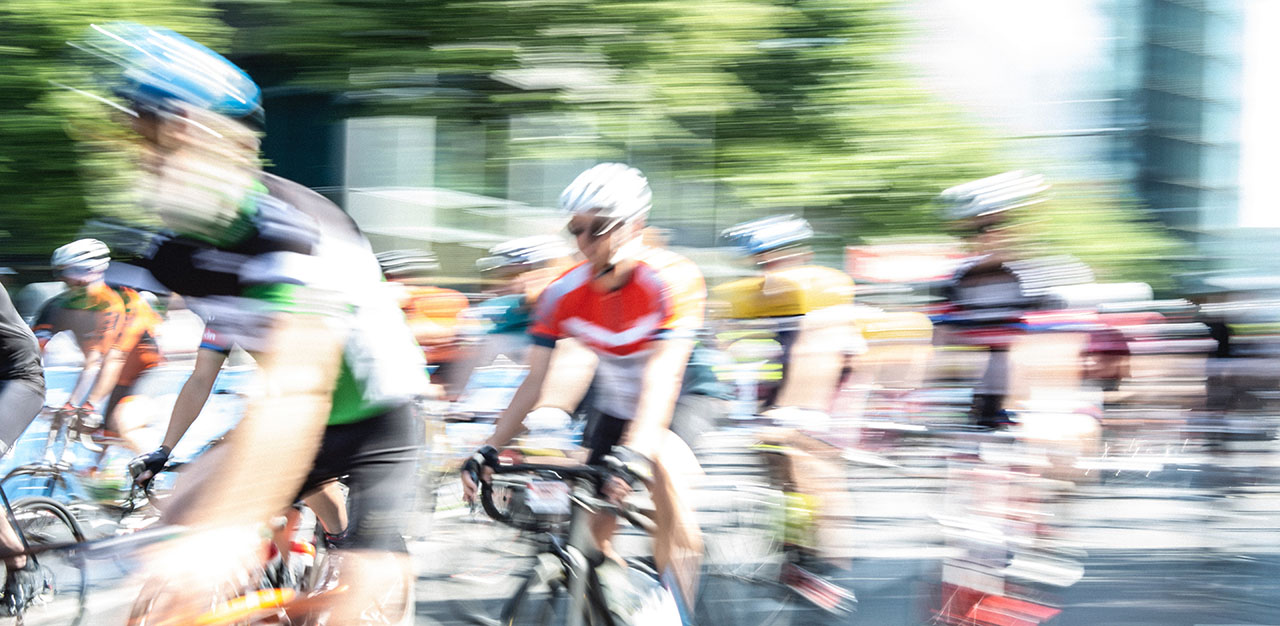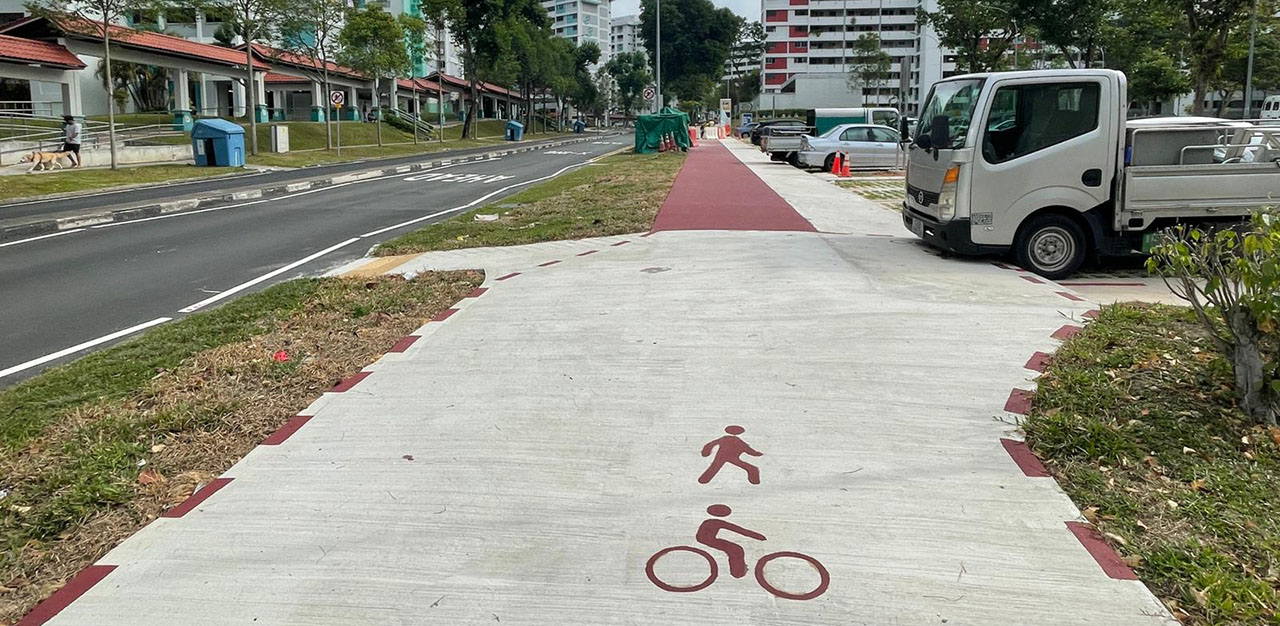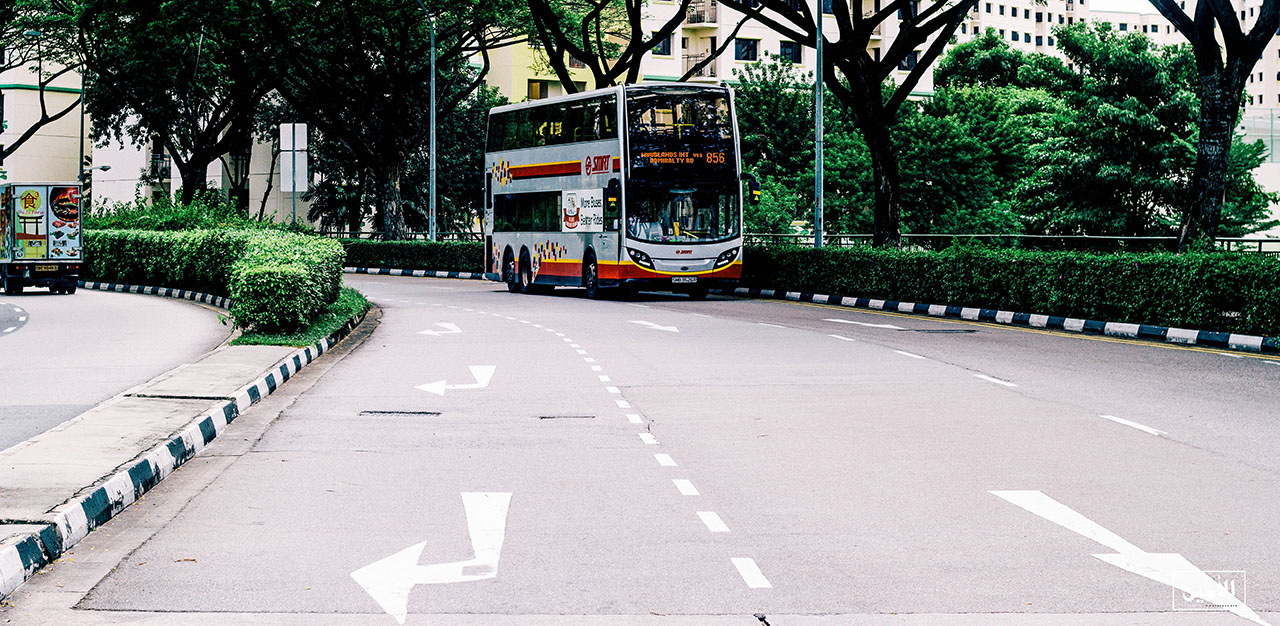In line with Singapore’s car-lite vision, the Government has identified dozens of locations where roads could be repurposed for use by pedestrians, cyclists and buses. Singaporeans who spoke to TheHomeGround Asia have hailed the news as a welcome move.
About 60 sites across the island have been earmarked for the conversion of roads into pedestrian paths, cycling paths and bus lanes, as part of the Government’s ongoing efforts to boost the utilisation and convenience of active and public transportation.These plans are part of the bigger goal of tripling the cycling path network from 460km to 1,300km by 2030.
Making the announcement in Parliament on 5 March, Senior Minister of State for Transport Amy Khor said that the Land Transport Authority (LTA) will seek the opinions of residents, town councils, local businesses and grassroots volunteers so as to identify potential enhancements.
Dr Khor explained that their views will shape key project details, such as the length of stretch of road being repurposed, when permanent infrastructure enhancement works will start, or if the project should proceed at all.
John Mark, a 30-year-old resident who relies on public transport to get around says dedicated cycling paths would benefit not just cyclists but public transport users too.
“I have encountered a fair number of instances where the bus I was on was forced to slow down for quite a stretch [of the route] because of cyclists on the road. Although roads would be narrower due to these changes, as long as buses have designated lanes available, the reduction in road space should not impact [the journey] much.”
He adds, “If there were more cycling paths available, I would definitely consider getting a bicycle [to traverse] slightly longer distances instead of taking the bus.”
Active mobility advocate and cycling enthusiast Han Jok Kwang also shared his support for the upcoming projects. “If you believe in sustainability and the science of street pollution, we should welcome emission-free devices with open arms.”

Meanwhile, private vehicle owner Edmund Song thinks that most Singaporeans would welcome the Government’s proposal.
“Environmental consciousness is growing among the population, and people are becoming increasingly aware of the need to reduce carbon emissions that stem from an over-reliance on cars,” explains Mr Song. “With the completion of the North-South Corridor and other infrastructural facilities, walking and cycling in Singapore would become safer and more comfortable.”
Walk, cycle, ride
A test run for one of the projects is already underway in the west, where a segment of Woodlands Ring Road has been transformed into a walkway on one side and a bus-only lane on the other. Another trial will kick off this month in central Singapore, where kerbside parking lots in front of a row of shophouses along Havelock Road will be temporarily cordoned off to widen the footpath and increase accessibility to the area.
Additionally, LTA will explore ways to optimise walkability in the Civic District, in response to calls by arts and civic groups and premise owners to improve the walkability of the historically significant zone.

The work isn’t over yet
While the potential conversion of road space is a positive development, some like Mr Mark suggest that more can be done to encourage people to switch to alternative modes of transport, like mass transit and active travel.
“I cannot see [the planned projects] drastically reducing the number of private vehicles here,” says Mr Mark. “Driving a personal vehicle in Singapore is very expensive, and yet it hasn’t deterred many from owning one. Apart from convenience, another big pull factor is that cars are seen as status symbols, and the current recommendations do not do anything to address this issue.”

Mr Han suggests that starting Singaporeans young could be a the way to nudge them towards a more sustainable lifestyle.
“We should introduce cycling into all schools, beginning at Primary Five,” he says. “Like swimming, we should make cycling a life skill. I started cycling to school when I was six years old. It’s an excellent avenue to exercise, sight-seeing and socialising.”
Join the conversations on THG’s Facebook and Instagram, and get the latest updates via Telegram.














